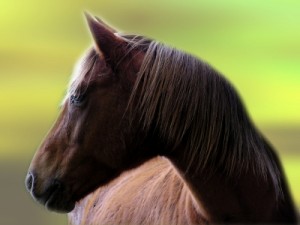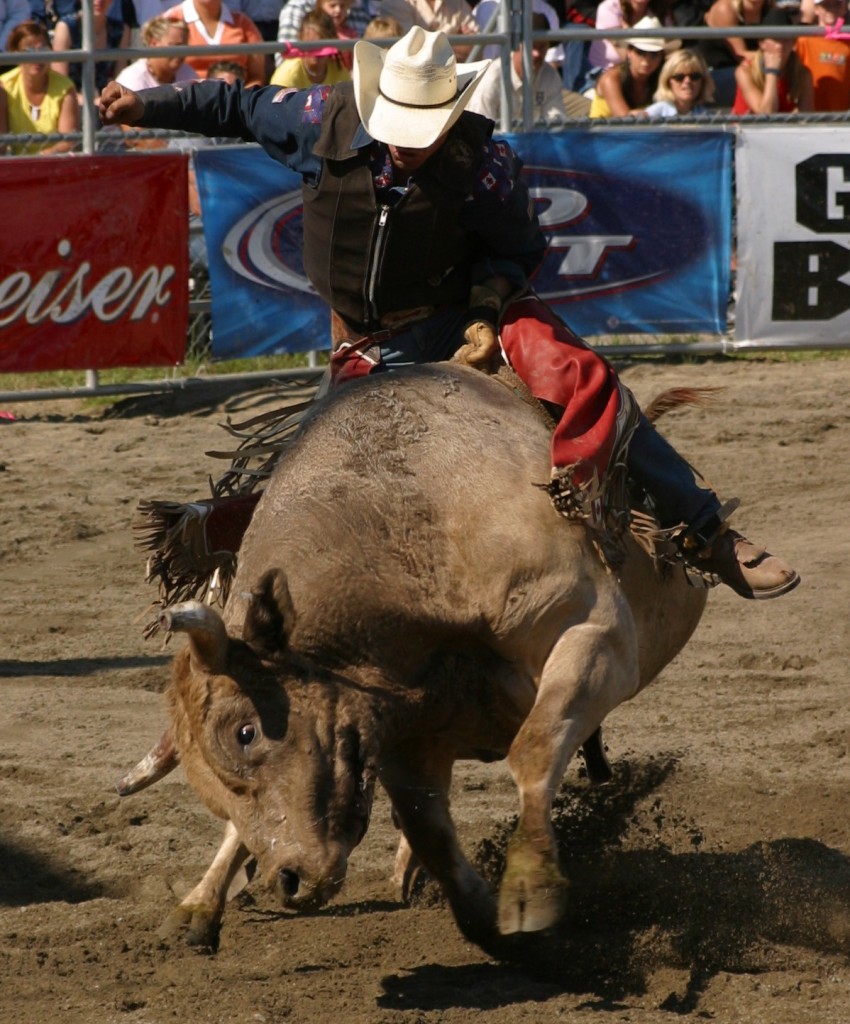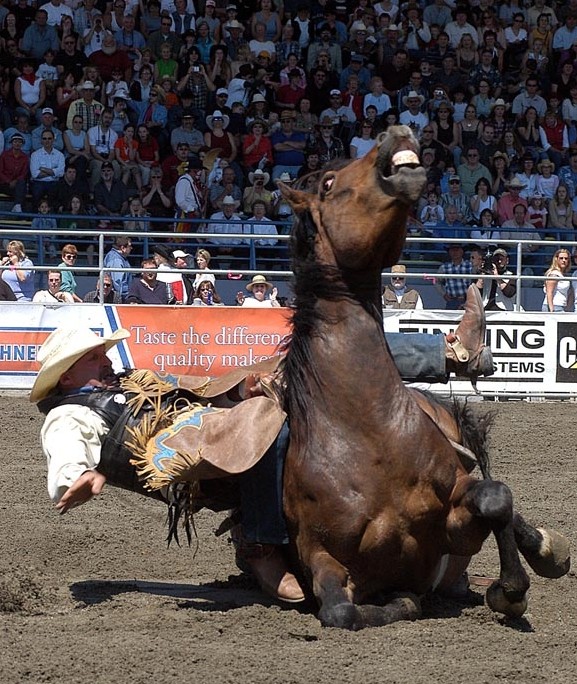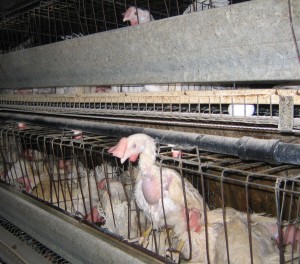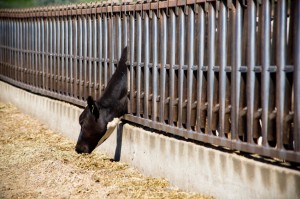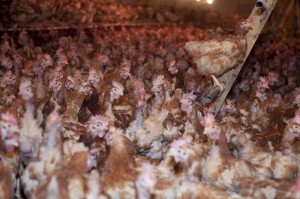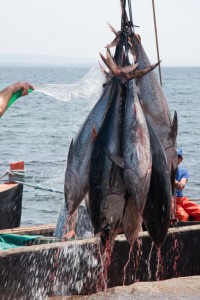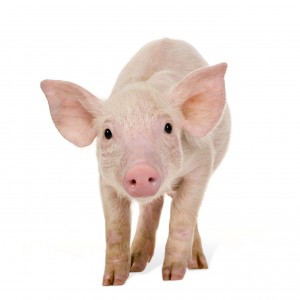The horsemeat scandal that has rocked Europe may be just the tip of the iceberg, as new revelations about the food supply emerge. European consumers expressed revulsion when it was revealed that frozen lasagne and other products where contaminated with up to 100 per cent horsemeat.
But now a new shock about food products has turned the stomachs of shoppers and diners in Britain and across the continent: It has emerged that the flesh of other dead animals, not just horses, is rampant throughout the food system. For example, it has been revealed that dishes such as roast lamb and lamb stew actually contain the flesh of a baby animal of the same name. Investigators have also discovered that the entrée known as veal is made from another baby animal called a calf. There are now indications that the entire human diet may be contaminated with the flesh of a range of dead animals.
British consumers interviewed about the revelations were appalled. “You mean every Sunday I’ve been eating one of the cute little spring lambs I’ve taken my children to see in the countryside?” said one horrified woman.
A man in a pub refused to finish his lunch when told that steak and kidney pie actually contains the organs of a slaughtered animal. “What, you mean the kidney is actually a kidney?” said the disgusted diner.
Another diner, who said he had been sick to learn about horses being used for food because they were so sensitive and intelligent, was dumbstruck when told that his ham sandwich was made from a sensitive and intelligent animal called a pig.
Government officials have suggested that the contamination may be the work of “organized criminal gangs” who have introduced the flesh into the food chain. There are dark rumours that this may even have happened on a global scale, with so-called “factory farms” keeping billions of animals in inhumane conditions before killing them and distributing their body parts for huge profits.
However, scientists and bureaucrats have dismissed the rumours, stating that it’s unthinkable for such a cruel system to exist. “It’s impossible to believe that anyone could organize something so brutal on such a scale,” said one official. “No civilized society would ever allow such a thing to happen.”
An environmental expert said such a system would also be unsustainable. “It would use up an enormous amount of resources, pollute our air, land and water and contribute to climate change through massive releases of greenhouse gases,” he said. “The human race would never be so self-destructive.”
And health officials say that if people were eating a diet heavy in animal flesh we would be seeing high rates of obesity, cancer, heart disease and diabetes. “It just couldn’t happen,” said one medical expert. “It would be almost suicidal for society to take up such a diet and we’re a lot smarter than that.”

